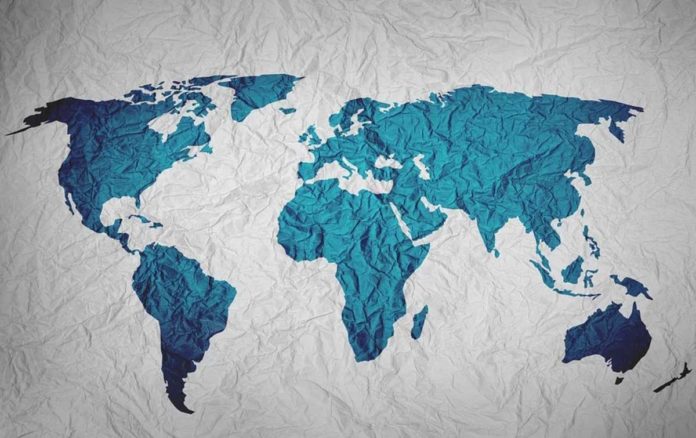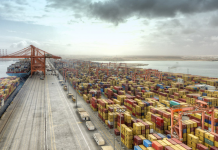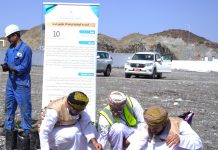The dynamics of trade are ever-changing. Businesses are constantly on the lookout for new markets and trimming costs to leverage profits. Flourishing of Free Trade Zones (FTZs) and Special Economic Zones (SEZs) under such circumstances is a no-brainer. From facilitating trade to safeguarding compliance and helping in revenue expansion, free trade zones have evolved to play a key role in world’s economic growth.
The concept of multi-activity free trade zones is not new. Historians found the evidence of an ancient free zone in the Greek island of Delos in 166 BCE. In the 12th century, evidence of another free port was discovered in 12th century Hanseatic League – a trade and commercial federation in parts of Europe. In 1959, the first modern day free trade zone began operating in Ireland’s Shannon – a business park functional to date, boasting of 170 companies and employing approximately 8,000 workers.
The true acceleration of free zones began in 1980s with emerging markets trying to recreate the financial success of developed nations.
Read: Dubai Free Zone to Refund $354 Million in Fees to Spur Economy
United Nations Conference on Trade and Development figures show there are nearly 5,400 SEZs in 2019, more than 1,000 of which were established in the last five years. And at least 500 more such zones are expected to join in near future.
So why are FTZs and SEZs so successful? Why do they remain a top priority for several business, industries, investors and policymakers? And what does the future hold?
BusinessLive Middle East takes a look at all the above questions and more in this exclusive coverage, including a special feature from Ras Al Khaimah Economic Zone (RAKEZ).
| Quick Trivia
166 BCE World’s first free-trade zone recorded in the Greek Island of Delos 1959 First modern-day Free Trade Zone established in Ireland’s Shannon. It is still in operation. 5400+ Number of Free Trade Zones and Special Economic Zones in the world in 2019-20 90–100 million Number of people directly employed in SEZs and FTZs |
Read BusinessLive Middle East’s Free Trade Zones & Special Economic Zones Special Report 2019-20
INTRODUCTION: Free-trade Zones & Special Economic Zones
CHAPTER 1: Booming Business of Free Zones
CHAPTER 2: Finding Value in Free Trade Zones
CHAPTER 3: Future of Free Zones
CHAPTER 4: Challenges Faced by Investors in Free Trade Zones
CHAPTER 5: Special Feature – Ras Al Khaimah Economic Zone at a Glance






